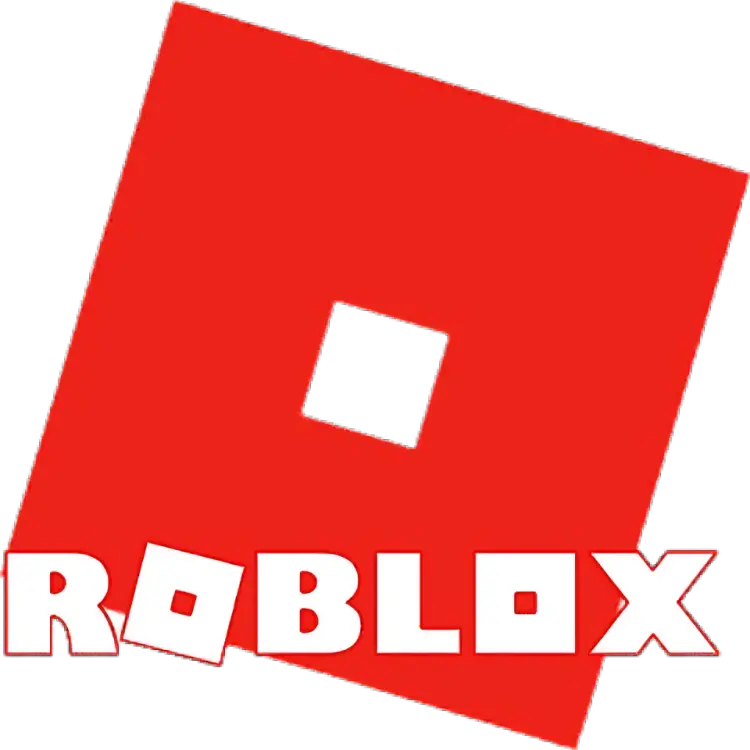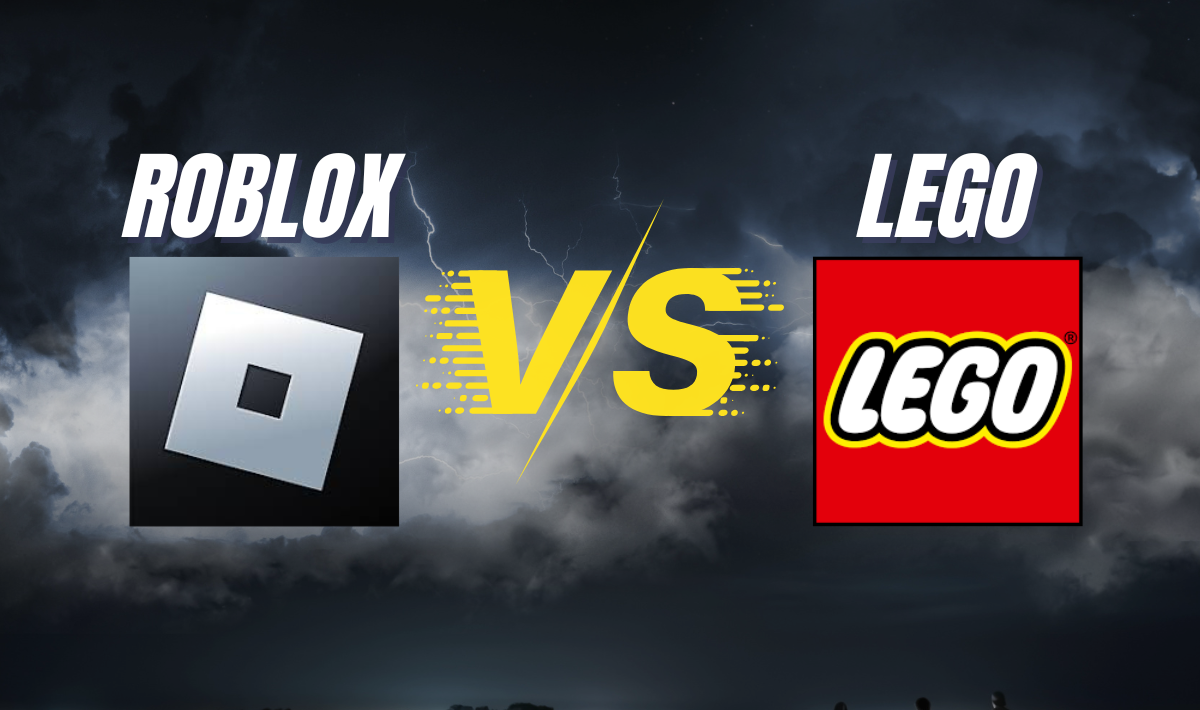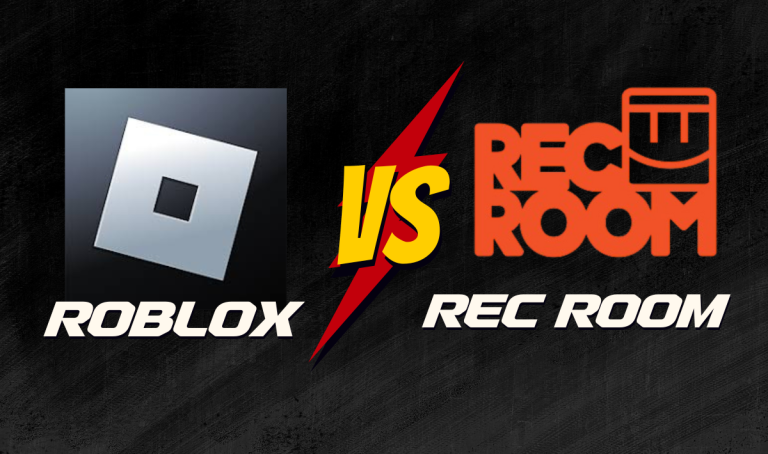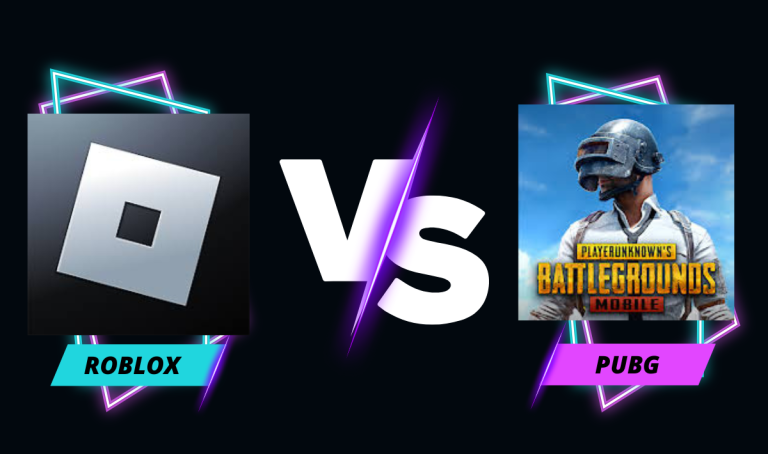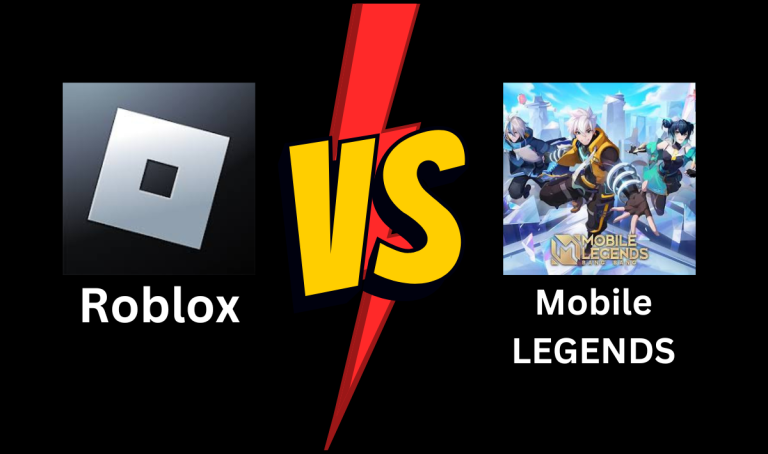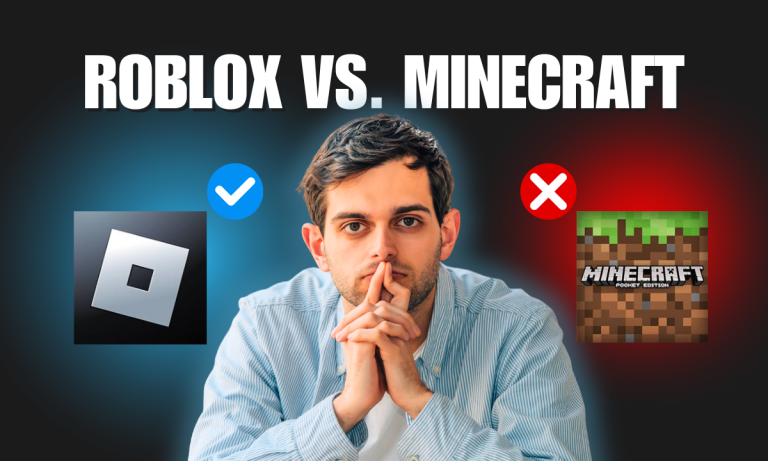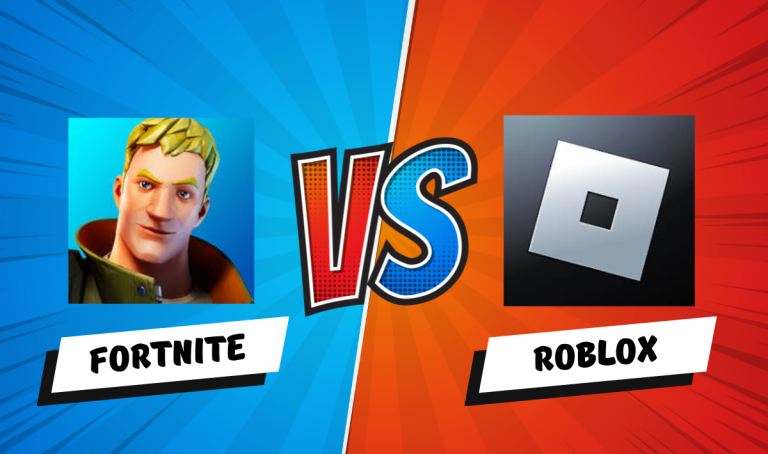Roblox vs LEGO: Which is Better for Creativity and Fun?
Roblox and LEGO are both incredibly popular among kids and adults alike, fostering creativity, imagination, and fun. While LEGO has been around for decades as a physical toy, Roblox has made waves as a digital gaming platform. Despite the differences in how these two mediums work, both share an emphasis on creativity and building. In this article, we will compare Roblox and LEGO to help you determine which one better suits your creative needs.
Concept and Purpose
Roblox is an online gaming platform that allows users to create, share, and play games created by other users. It provides a vast virtual space where players can design their own experiences using Roblox Studio, a game development tool available within the platform. Roblox is primarily digital, and its games span a variety of genres, from adventure and simulation to racing and obstacle courses. The main appeal of Roblox is the limitless creative potential—it’s not just about playing; it’s about creating and exploring new worlds.
LEGO, on the other hand, is a physical toy brand that has been around since 1932. LEGO bricks are designed to be stacked and combined to build structures, vehicles, and entire worlds. While LEGO sets come with pre-designed building instructions, they also encourage imaginative play, allowing users to create whatever they can dream up with the blocks. Over the years, LEGO has expanded its product lines to include themed sets based on movies and franchises like Star Wars, Harry Potter, and Minecraft. The tactile nature of LEGO provides a hands-on creative experience that is much different from digital play.
Creativity and Building
Both Roblox and LEGO offer opportunities for creativity, but in different ways.
Roblox gives players the ability to create entire games or interactive experiences from scratch. Using Roblox Studio, anyone can design environments, game mechanics, and avatars, enabling them to build entire worlds and game modes without needing advanced programming knowledge. The digital nature of Roblox allows for complex mechanics, like multiplayer features and dynamic environments, all of which add to the depth of creativity. Players can express themselves by customizing avatars, creating intricate game worlds, or even designing their own mini-games within the platform.
In contrast, LEGO offers a more tactile and hands-on creative process. The iconic LEGO bricks allow for building physical structures and scenes. Whether following instructions to build a specific set or using loose bricks to create something unique, LEGO promotes open-ended creativity. The best part of LEGO is that it can be built and rebuilt in endless combinations, so your imagination is the limit. Unlike Roblox, which is confined to the digital world, LEGO offers the sensory satisfaction of physically manipulating the pieces and watching a creation come to life in your hands.
Social Interaction and Multiplayer Features
Roblox is a highly social platform that encourages interaction between players. Players can join or create groups, chat with friends, and play multiplayer games. Many of Roblox’s user-created games are designed for social experiences, where you can work together with friends or compete against them. Roblox also has an in-game friends system, allowing you to connect with others and participate in games together. Players can interact with a global community, adding a social dimension to the creative experience. Roblox’s platform allows for easy access to new experiences through virtual meetups, events, and collaborations.
On the other hand, LEGO has traditionally been more of an individual activity, though there are social aspects that come with it. LEGO fans often collaborate in person, joining together to build large models or participate in group projects at LEGO conventions. There are also many LEGO fan communities online where users share their builds, ideas, and tutorials. While LEGO doesn’t offer the same kind of online multiplayer experience as Roblox, its focus on collaboration comes through in group play, such as when friends or family work together to complete a set or create their own designs.
Learning and Skill Development
Both Roblox and LEGO are great for learning and skill development, though they nurture different kinds of skills.
Roblox fosters digital literacy, programming basics, and game design. Using Roblox Studio, players can experiment with coding to make their games interactive, creating a foundation for understanding programming concepts. Roblox also teaches spatial reasoning, as players build and navigate 3D environments, and teamwork when collaborating with other users on game development or multiplayer games. These skills translate well to the digital world, especially as gaming becomes an increasingly important part of modern technology.
LEGO, on the other hand, promotes hands-on learning and fine motor skills. As children manipulate the bricks, they develop better hand-eye coordination and spatial awareness. LEGO also encourages critical thinking and problem-solving as builders follow instructions or figure out how to create structures without a guide. Many LEGO sets are designed to teach engineering concepts, such as how gears and pulleys work, through play. LEGO’s tactile nature makes it an excellent tool for developing creativity and problem-solving in a physical space, offering a different kind of educational benefit compared to the digital world of Roblox.
Accessibility and Cost
In terms of accessibility, Roblox is free to play, though players can make in-game purchases using Robux, the platform’s virtual currency. These purchases typically involve buying avatar accessories, game passes, and premium content, but they are optional. Roblox is available on multiple devices, including PC, mobile, and consoles, making it easily accessible to players around the world. The digital format means that players don’t need to buy physical sets or worry about space for storing their creations. However, there is a learning curve to understanding the platform’s tools, and those who want to create complex games may need to invest in time and effort to learn the ins and outs of Roblox Studio.
LEGO, on the other hand, requires an initial investment to purchase physical sets, which can range from inexpensive starter packs to more expensive, detailed collections. While the cost of LEGO sets can add up, especially for larger, specialized sets, there are no ongoing fees unless you purchase additional pieces or sets. LEGO offers a more physical, tactile experience but requires a physical space to build and store creations. Unlike Roblox, which is digital, LEGO is a more traditional form of play, often requiring more space and physical resources.
Durability and Longevity
When it comes to durability, LEGO bricks are incredibly sturdy and can last for decades. They don’t require batteries or internet access, and they can be passed down through generations. LEGO bricks can be stored and reused repeatedly, which makes them a long-lasting investment. However, as LEGO sets become more complex, they can require a fair amount of time to build, and some builds can become more fragile if not handled properly.
Roblox, being a digital platform, doesn’t have the same longevity in terms of physical durability. Games can be played indefinitely, but as technology evolves, older Roblox games may become less accessible or outdated. The platform is always changing, with frequent updates to tools and features, meaning players need to keep up with those changes. Roblox’s virtual world exists as long as the platform is running, but there is no tangible, physical product to hold on to.
Conclusion: Which One is Better for You?
Both Roblox and LEGO are exceptional for creativity, but the choice depends on your personal preferences and what type of experience you are looking for.
If you enjoy digital experiences, online interaction, and game design, Roblox offers an endless world of possibilities. It’s ideal for those who want to create and explore games in a virtual space, with the added benefit of learning basic coding and game mechanics. Roblox is a fantastic platform for social gaming and multiplayer experiences, and it has the versatility of being accessible on various devices.
However, if you prefer a more traditional, hands-on experience and enjoy building physical objects, LEGO might be more suitable. LEGO encourages tactile creativity, hands-on problem-solving, and physical play, making it a timeless and durable choice. With LEGO, there are no screen time concerns, and you can focus on developing fine motor skills and engineering concepts while building with real-world materials.
Ultimately, whether you go for the digital world of Roblox or the physical experience of LEGO, both platforms offer a wealth of creative opportunities and are beloved for their ability to ignite the imagination. The best choice depends on your preferred method of expression—digital or physical.
